What happens in a bear den is far stranger and more The Incredible Truth About Black Bear Hibernation
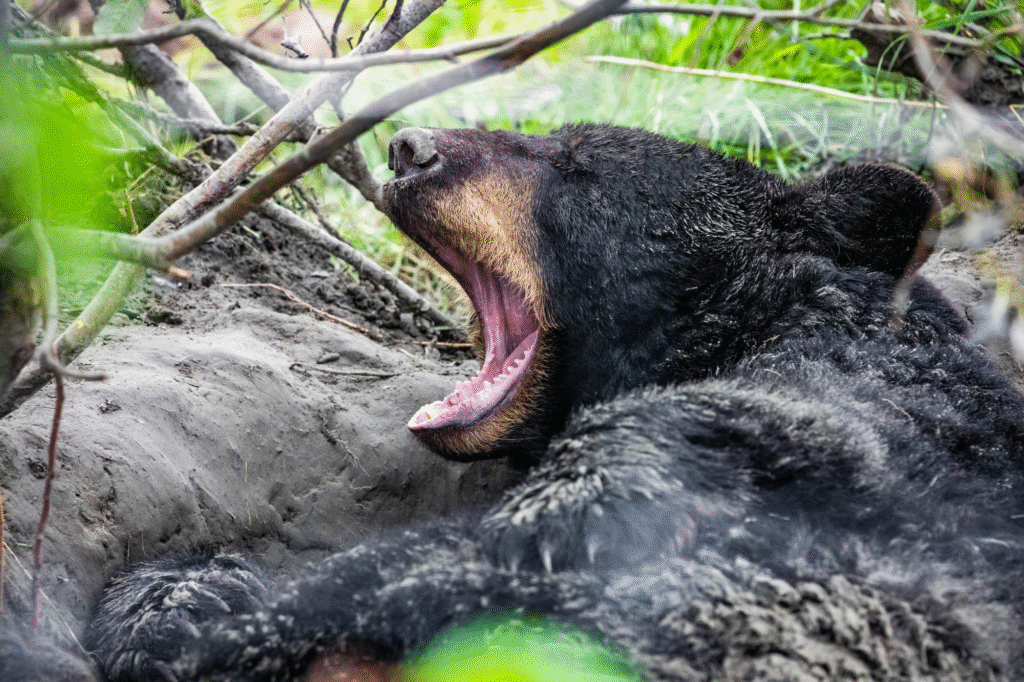
Black bear hibernation is not your average nap. These animals basically flip a switch and become a living paradox, slowing their bodies to near dormancy while staying just alert enough to wake if danger comes knocking. It is not simple sleep, and it is not entirely unconscious either. For something that looks so peaceful from the outside, the science inside a black bear’s body is absolutely wild.
1. Heartbeats slow to levels most animals would never survive.
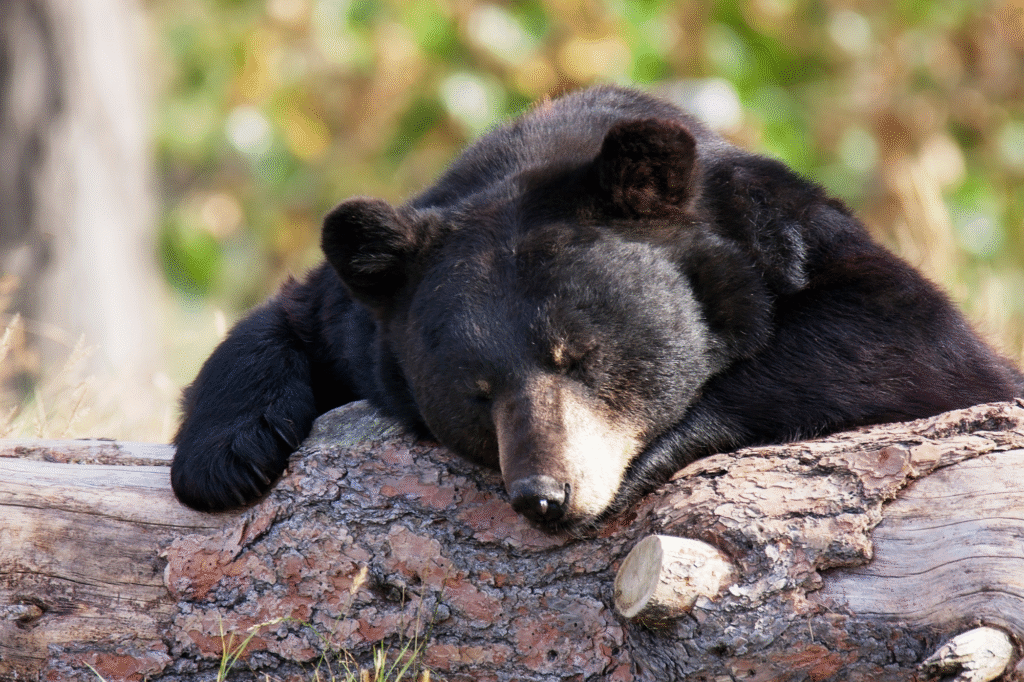
As reported by the Alaska Department of Fish and Game, black bears reduce their heart rate from 40–50 beats per minute to as low as 8 during hibernation. That slow rhythm saves enormous amounts of energy while still pumping enough oxygen to sustain them through months of no food or water.
Despite this dramatic slowdown, their bodies somehow avoid the blood clots or organ damage that would plague humans in similar conditions. Scientists study this adaptation to better understand how humans might one day mimic such efficiency in medicine, particularly for heart and trauma patients.
2. Waste becomes a food source rather than a problem.
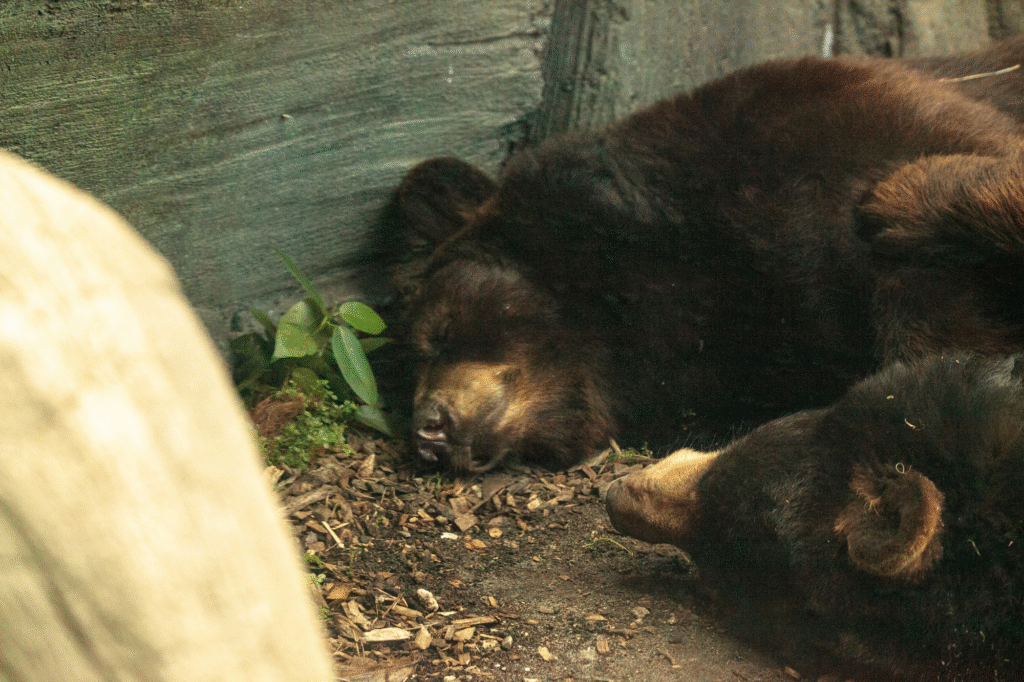
According to the National Park Service, black bears do not urinate or defecate for months while hibernating. Instead, they chemically break down their own waste products, transforming them into protein that keeps their muscles from wasting away.
This is not just survival—it is biological innovation at its best. The ability to stay motionless for months without losing muscle tone or becoming toxic fascinates researchers. Humans bedridden for even a fraction of that time can suffer severe muscle and bone loss, which makes bears a unique model for medical research.
3. Only a small drop in body temperature keeps them ready to wake.
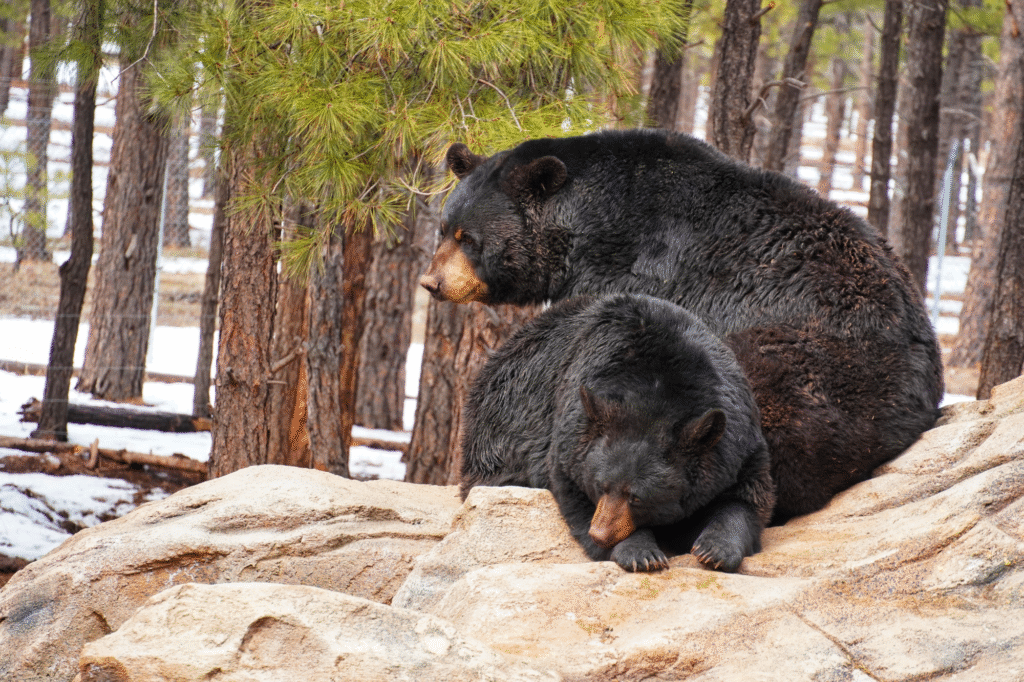
As stated by Wildlife Research journals, black bears only reduce their body temperature slightly, typically by about 5–10 degrees Fahrenheit, unlike smaller hibernating animals that nearly freeze. This allows them to wake quickly if disturbed, giving them an edge over predators or unexpected environmental threats.
The slight temperature drop saves energy but still keeps key systems ready to fire up when needed. That balance between energy conservation and readiness is rare in the animal kingdom, highlighting how black bears evolved in unpredictable climates where sudden threats could happen anytime.
4. Cubs are born while their mothers barely wake up.
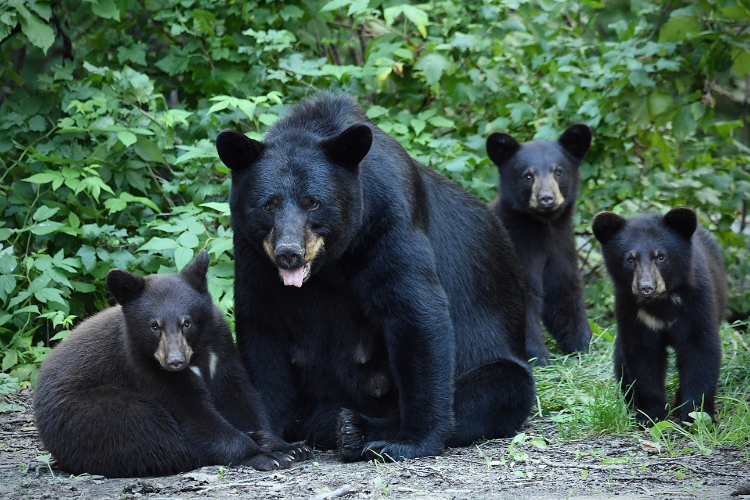
Female black bears often deliver cubs during hibernation, waking just enough to help newborns nurse before sliding back into their semi-dormant state. The cubs rely entirely on their mother’s rich milk while she remains mostly inactive.
This level of multitasking would crush most animals, yet black bears have perfected it over millennia. By spring, those cubs are ready to explore outside, and the mother emerges lean but strong enough to start foraging immediately.
5. Semi-sleep keeps them alert to danger.
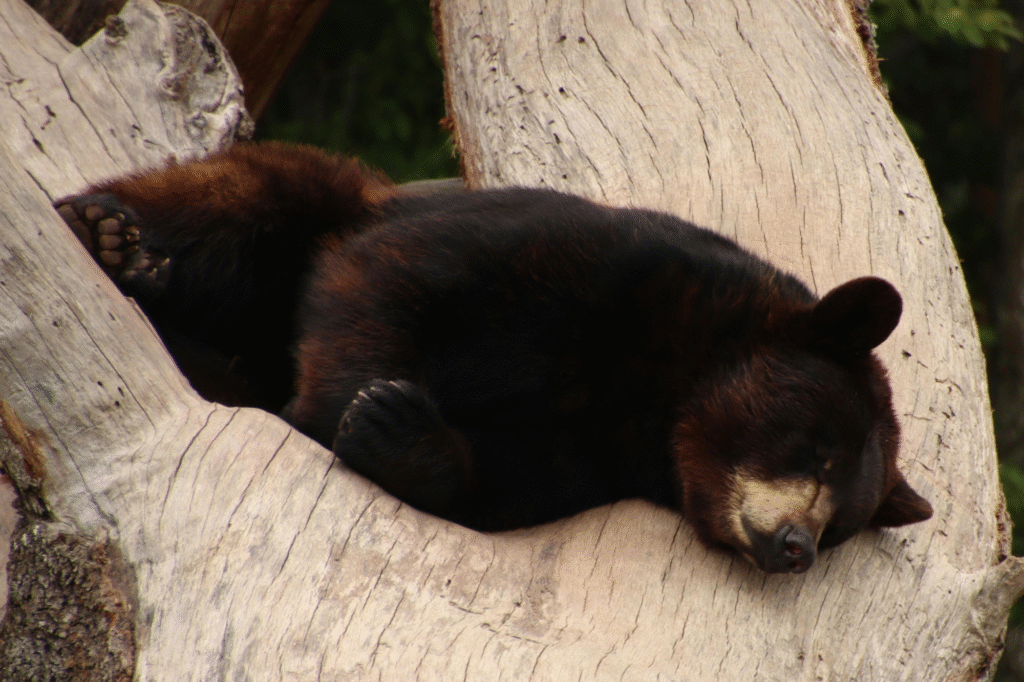
Black bears drift between light sleep and drowsy wakefulness rather than one continuous slumber. This means they can respond to loud noises, intruders, or sudden temperature changes even in the middle of “hibernation mode.”
That semi-alert state prevents them from being as vulnerable as true deep hibernators like ground squirrels. It is more like energy-saving mode than total shutdown, which might be why black bears thrive in so many different habitats across North America.
6. Stored fat fuels them without muscle loss.
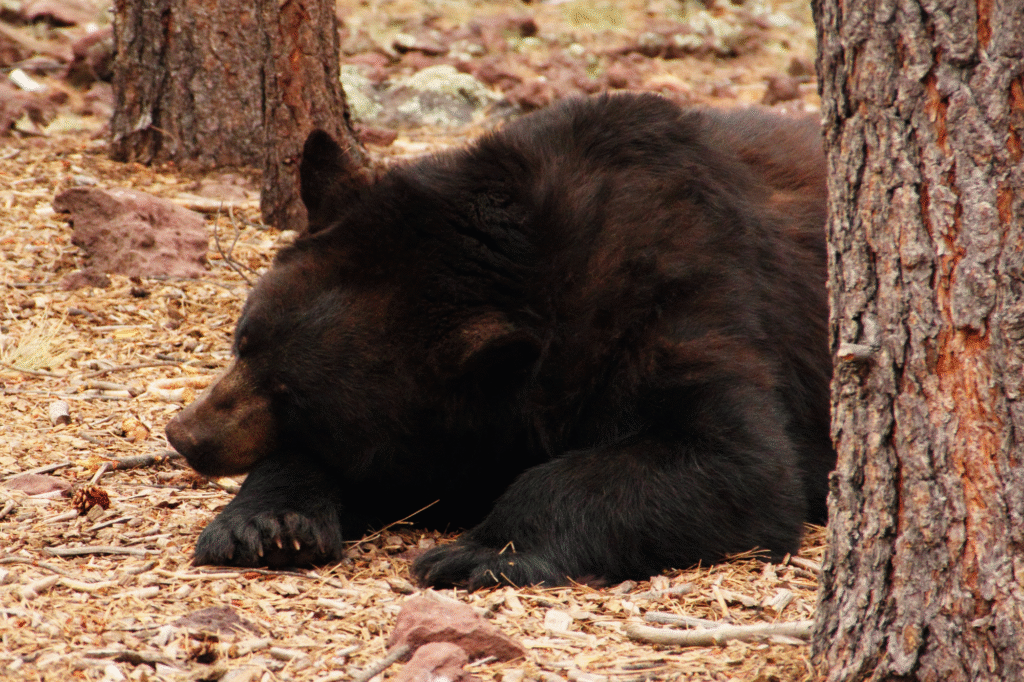
Hibernating black bears rely entirely on fat reserves for months, yet maintain their muscle mass with almost no activity. That is almost unheard of in mammals. Humans deprived of food and movement would quickly lose muscle, but bears pull off a biological balancing act few other species manage.
This skill not only helps them rebound quickly in spring but also gives scientists potential insight into combating muscle-wasting diseases or even space travel challenges.
7. Their blood clots faster when they need it most.
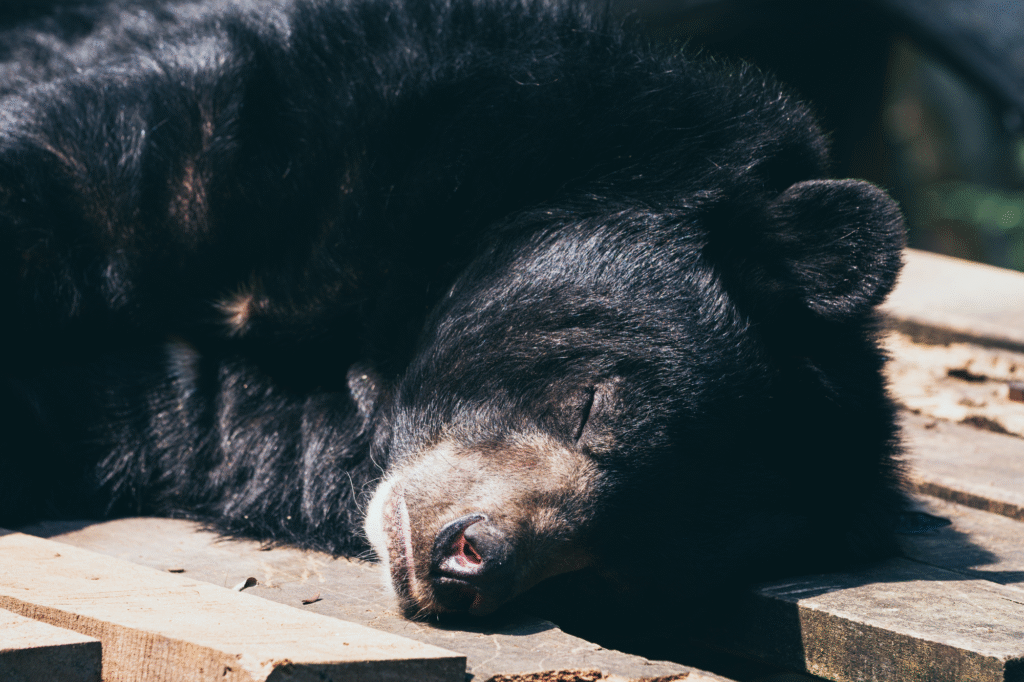
Research on black bear hibernation has revealed that their blood chemistry changes to promote faster clotting. This protects them from injury-related blood loss when they wake groggy or accidentally injure themselves inside dens.
Understanding these clotting changes has sparked interest in medical applications, from improving surgical recovery to managing trauma cases. Nature often solves problems humans are still struggling to understand, and black bears are walking, sleeping proof of that. Scientists even consider studying them to reduce complications in human patients who experience clotting disorders.
8. Dreams likely happen even in hibernation.
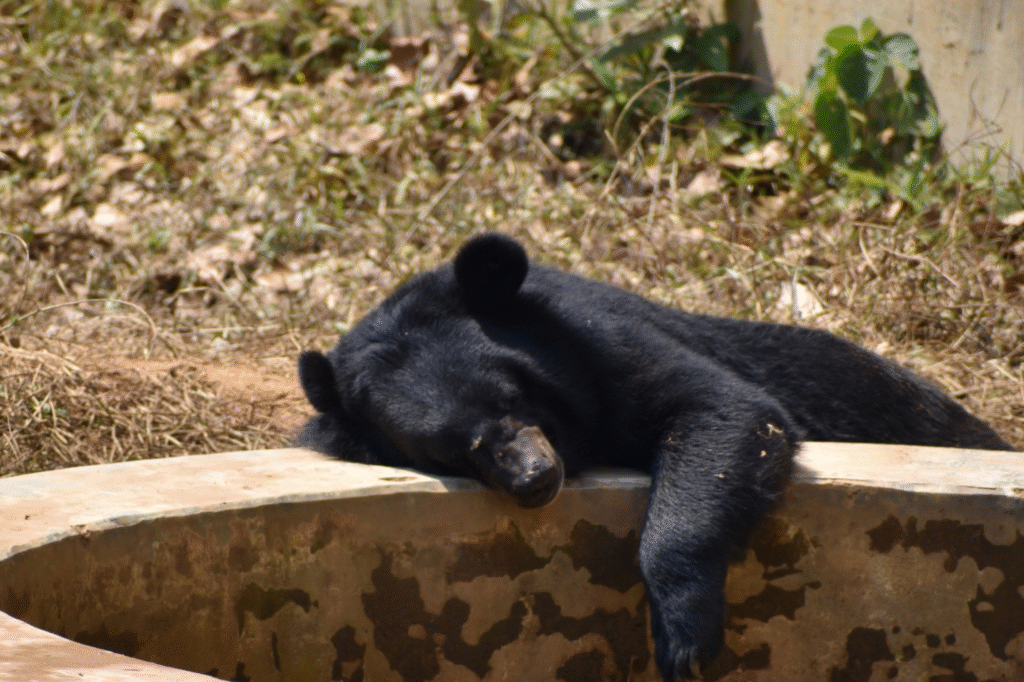
Studies of brain activity during hibernation suggest that bears experience REM-like sleep phases. That means dreams probably occur, even though their entire body is in a slowed metabolic state.
What they dream about is anyone’s guess, but researchers think it may involve memories or survival-related imagery, similar to human dreaming patterns. The idea of a hibernating bear “thinking” while still practically shut down is one of the strangest facts of all. It pushes questions about whether complex cognitive activity continues even when almost every other system is idle.
9. They emerge lean but surprisingly strong.
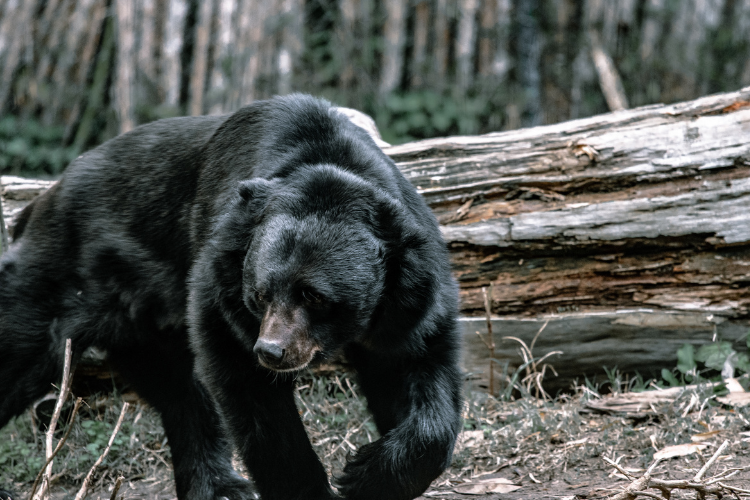
When black bears emerge from hibernation, they may have lost up to one-third of their body weight but retain enough muscle to start walking and hunting almost immediately. That strength preservation gives them an edge when spring resources are scarce.
Humans with that kind of weight loss would need rehabilitation and recovery time, but bears essentially hit the ground running. It is one more way their physiology is perfectly designed for seasonal survival. Scientists believe their metabolic adaptations could one day help bedridden patients keep strength during long-term immobility.
10. Their dens are anything but one-size-fits-all.
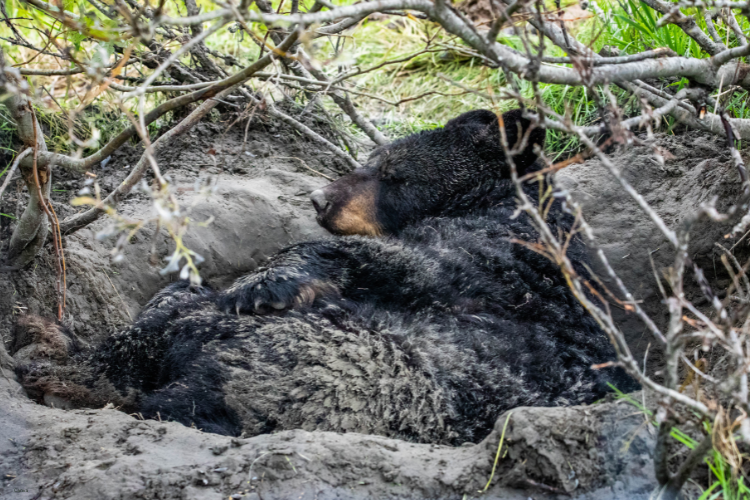
Not every bear finds a cozy cave. Some dig simple ground depressions or crawl under fallen trees for cover. Others choose hollow logs or dense brush. The choice often depends on climate, age, and experience.
Despite how basic some dens look, they provide enough insulation and security to get a bear through months of brutal weather. This adaptability shows how survival is more about resourcefulness than comfort. It highlights their ability to make life work in harsh winters with whatever materials are available.
